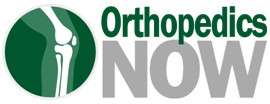Premier - Local Chiropractor
-
Pelvic Malalignment Syndrome
The diagnosis of malalignment syndrome is described as having the following characteristics: asymmetrical alignment of the pelvis, trunk, and extremities; compensatory curves of the spine; asymmetrical range of motion and weight bearing patterns; leg-length differences; and asymmetrical muscle strength testing.
-
What is Pelvic Malalignment Syndrome
In squash, pelvic malalignment syndrome can occur due to the rotational forces and deceleration nature of the sport. Pelvic malalignment syndrome is one of the most common injuries that we see with our sports. If some structures are abnormally tight, the body's ability to adapt becomes overwhelmed.

Around the pelvic area and pelvic girdle, there are about 36 muscles that are attached.








